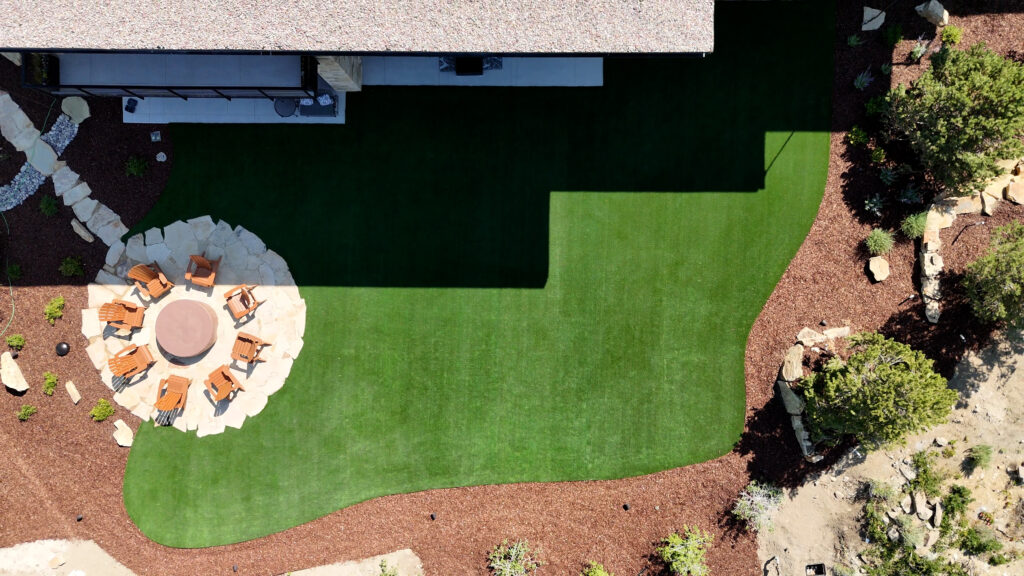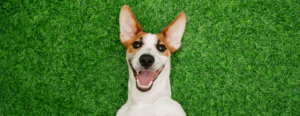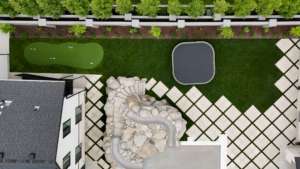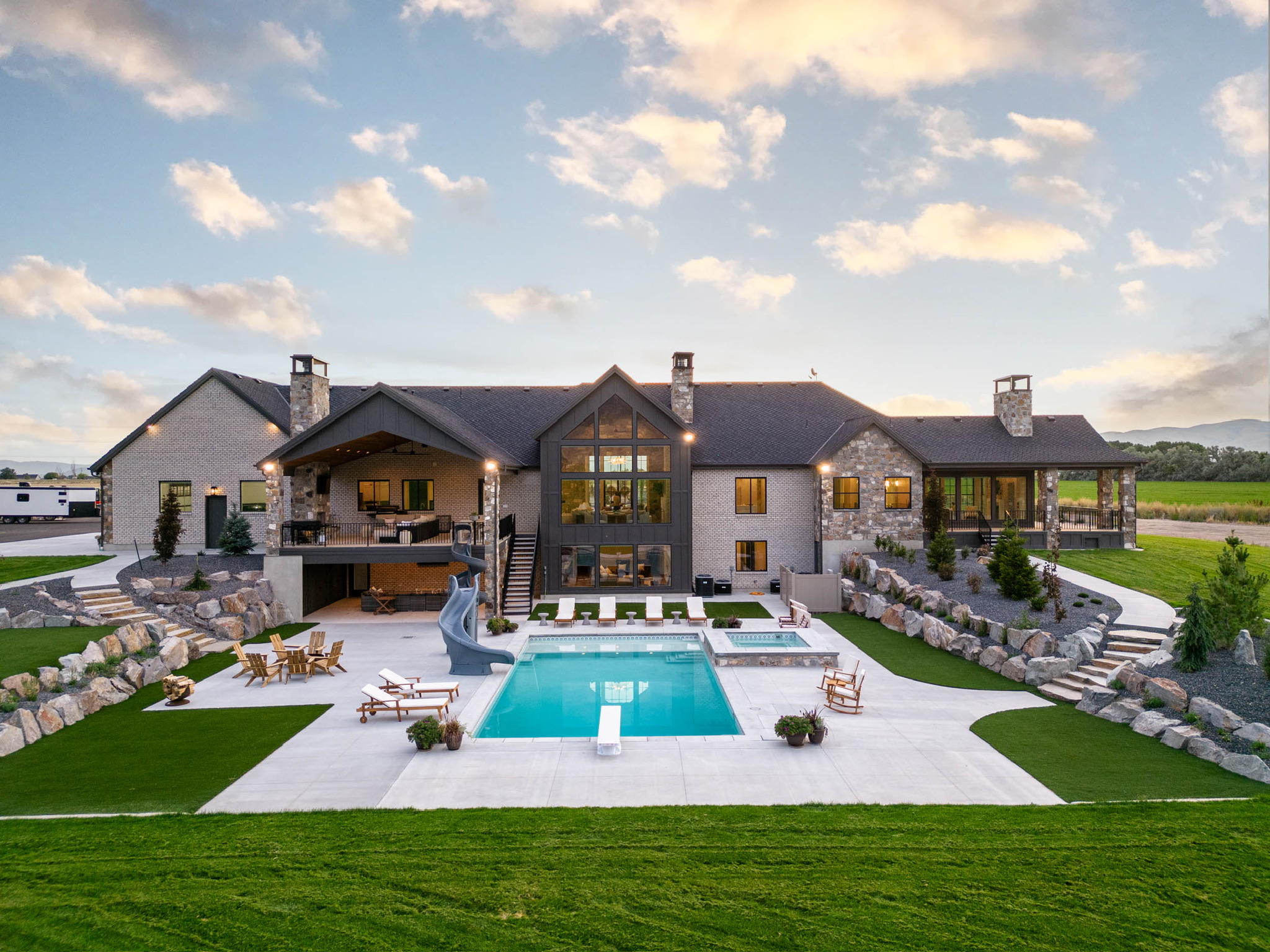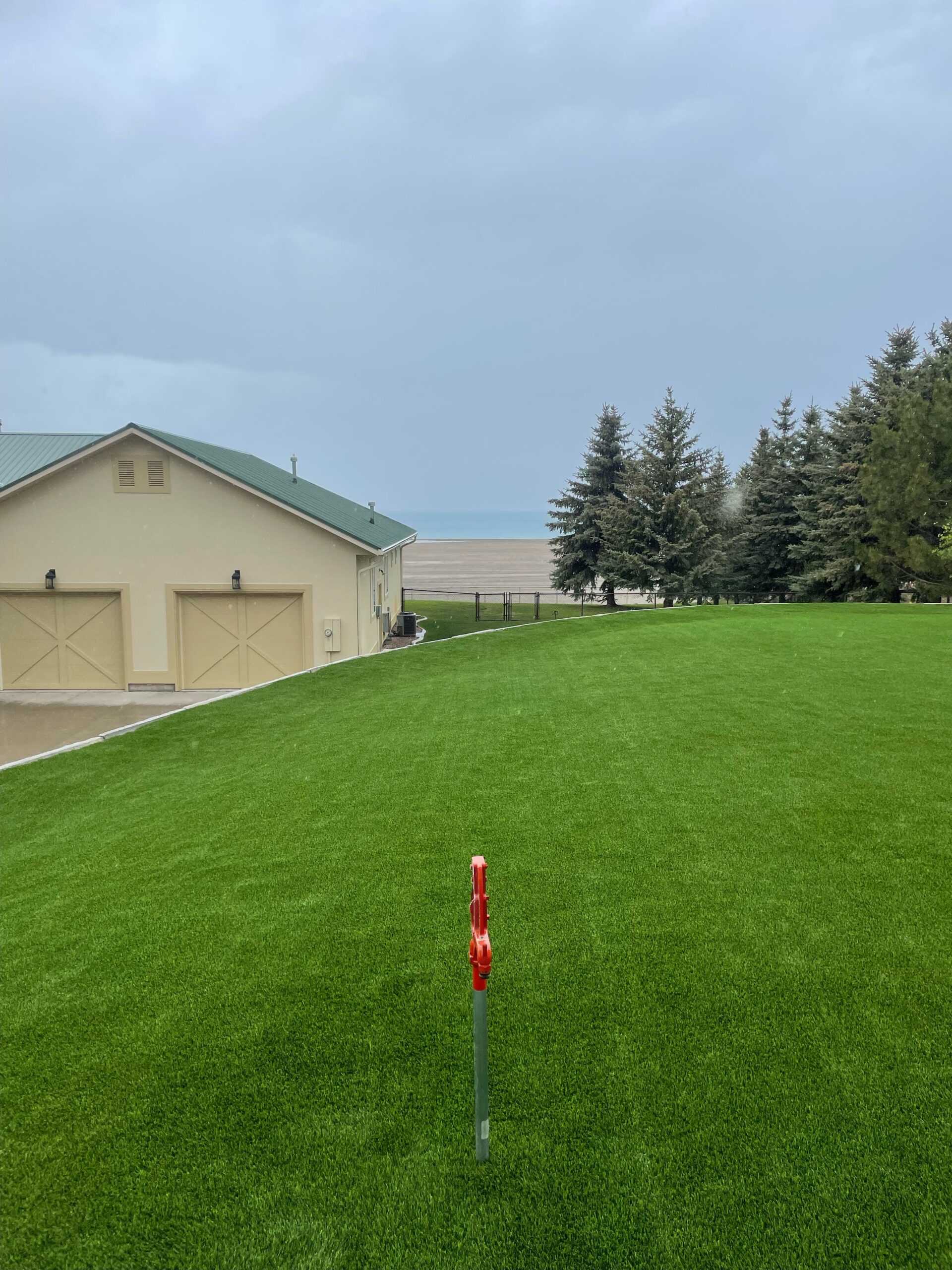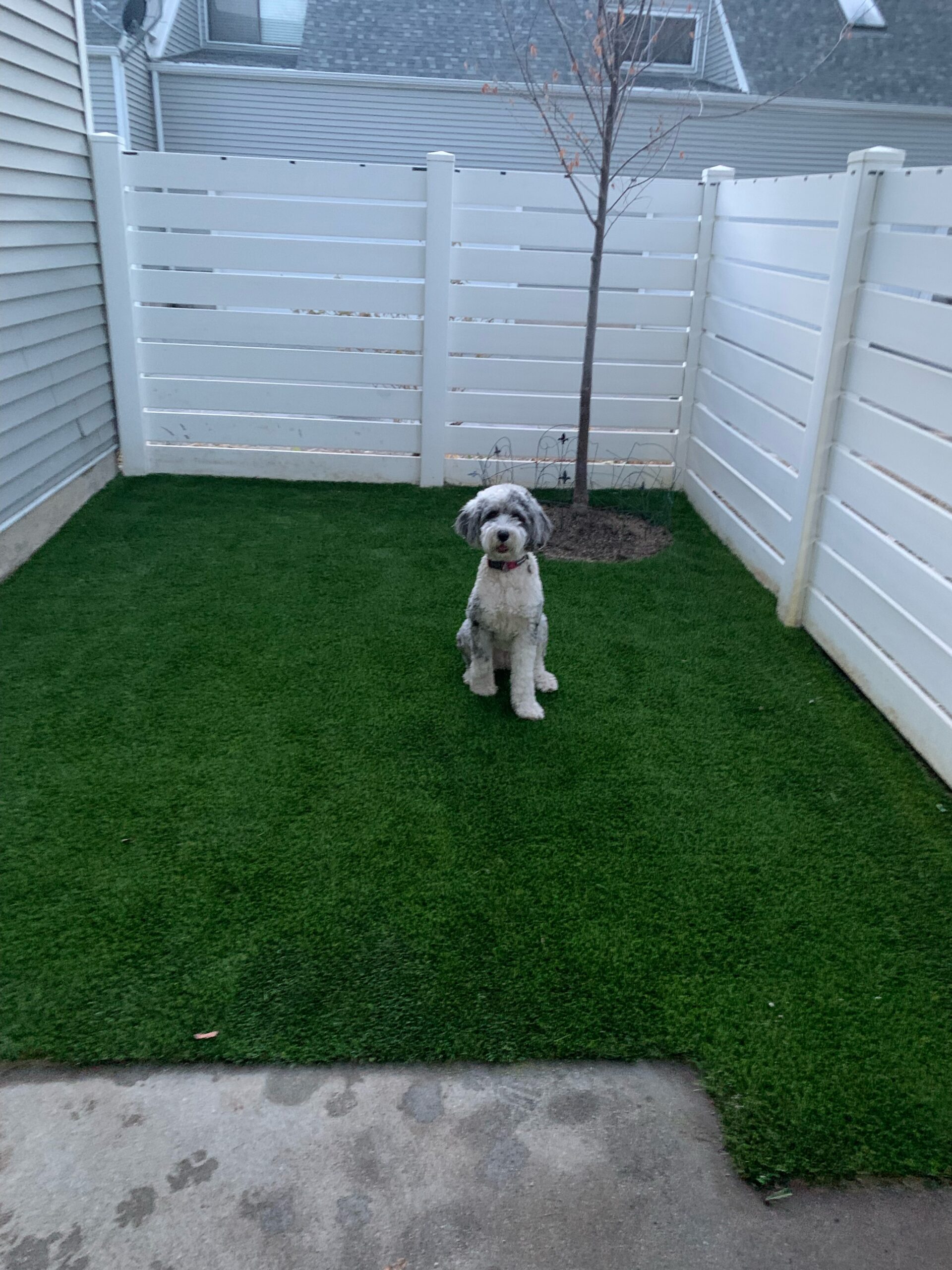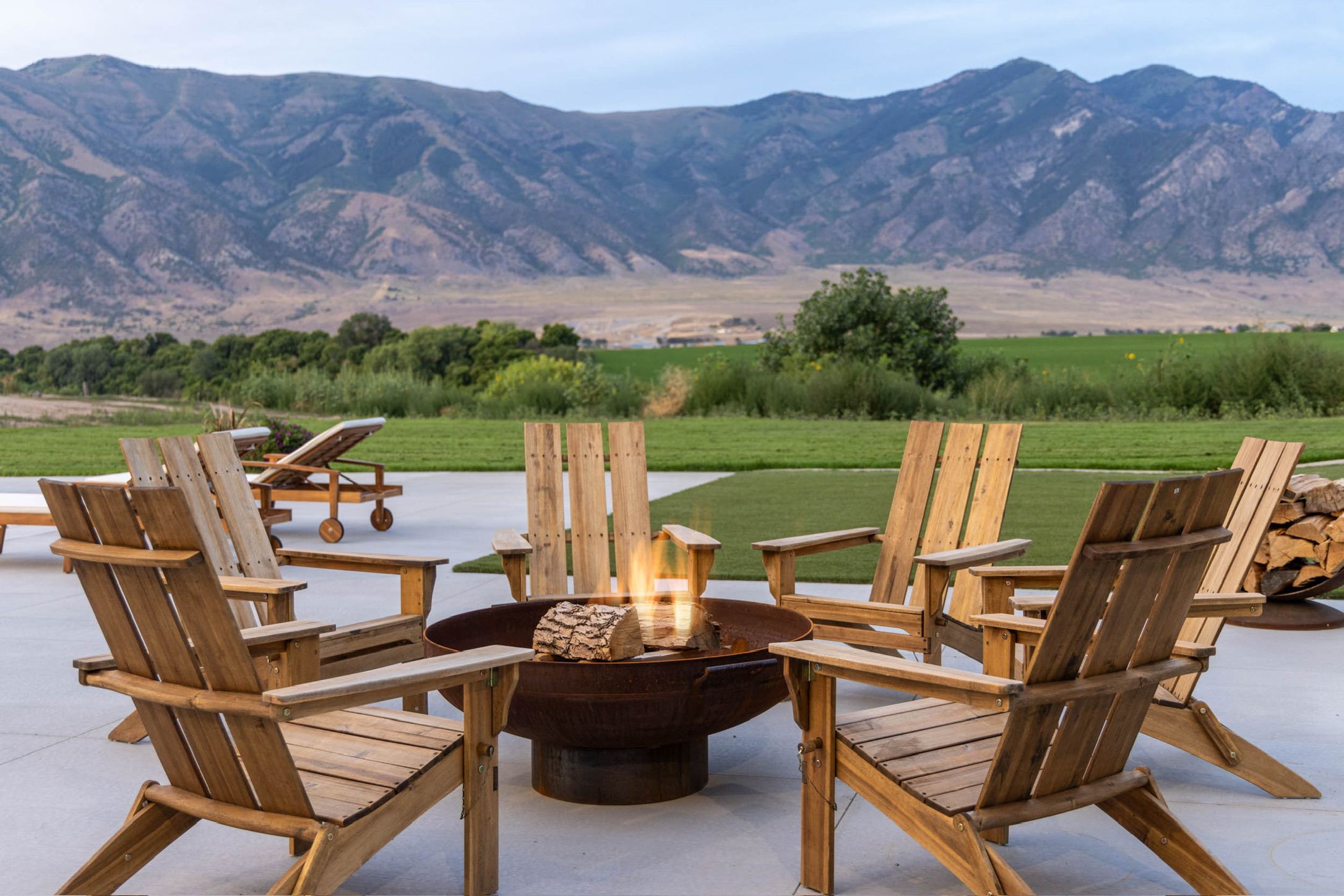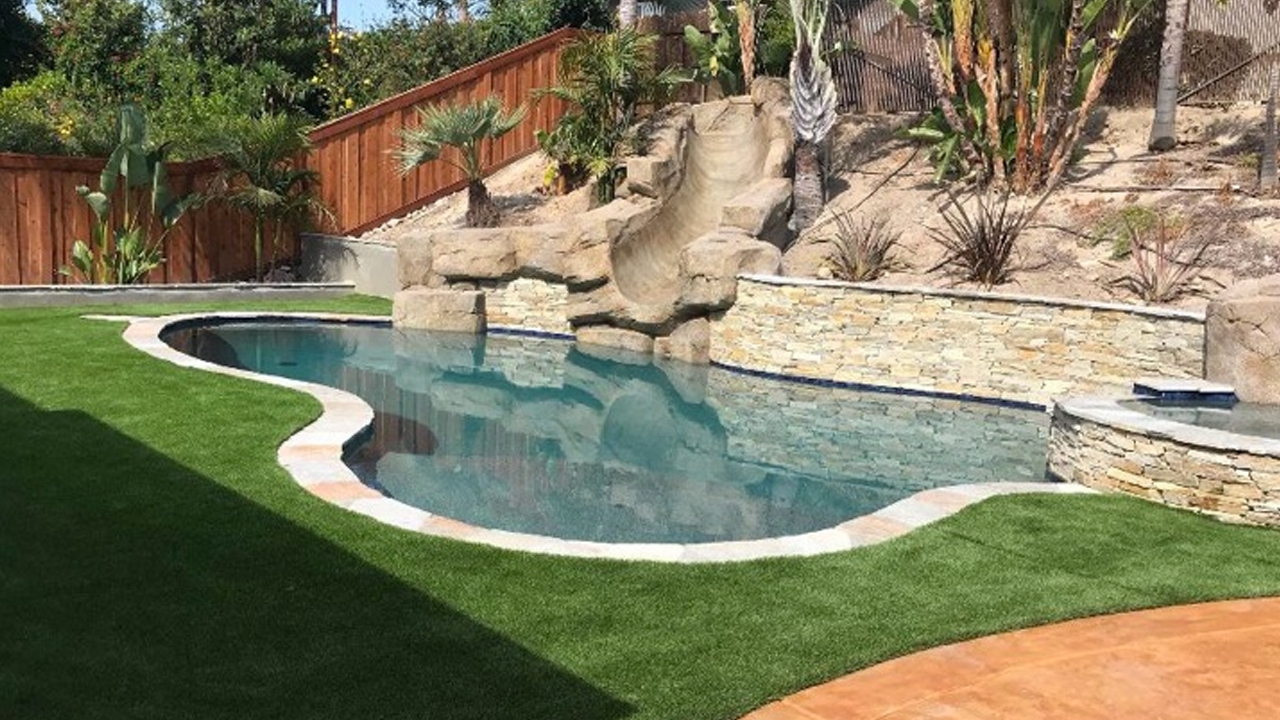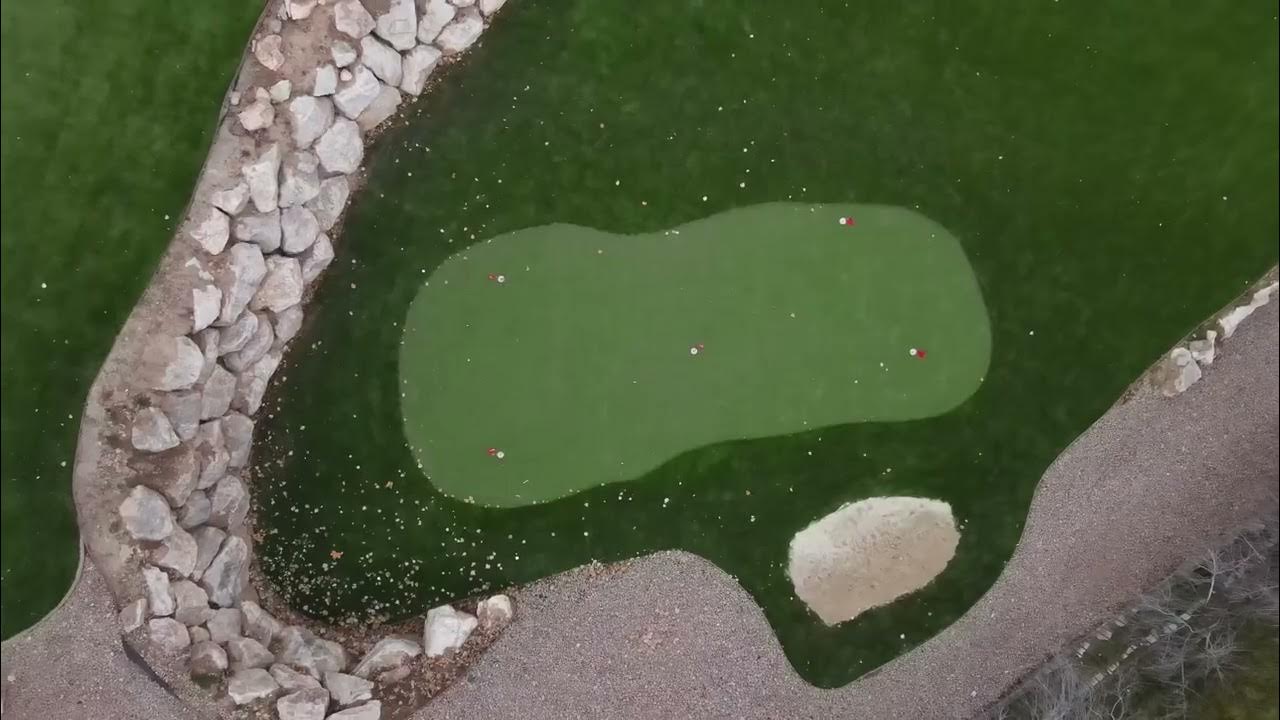What is the right ground cover to use in high-traffic areas? From sports fields to playgrounds, commercial properties, and backyards, the question of artificial turf vs. grass often pops up. While natural grass has long been the traditional choice, modern grass alternatives like durable artificial turf are becoming more popular due to their longevity, lower maintenance, and year-round usability.
Let’s explore the key differences between synthetic grass benefits and natural grass, weighing the pros and cons to help you determine the best option for high-traffic areas.
The Main Differences Between Turf and Grass
Before deciding which option is best, it’s important to understand how artificial turf vs. grass compare in terms of materials, upkeep, and usability.
- Artificial Turf – Made from synthetic fibers designed to mimic the look and feel of real grass, artificial turf is engineered to be durable, low-maintenance, and long-lasting. It is often installed over a drainage system with an infill material for added stability.
- Natural Grass – A living surface that requires regular watering, mowing, fertilization, and pest control. Grass can be resilient, but it struggles in high-use areas where foot traffic causes wear and tear.
Durability: Which Option Stands Up to Heavy Use?
For high-traffic lawn solutions, durability is a top concern.
- Artificial Turf: Designed specifically for high-traffic turf applications, synthetic grass resists wear and tear much better than natural grass. It maintains its lush appearance even after continuous use and does not form bald spots or mud puddles.
- Natural Grass: While certain grass species are more resistant to damage than others, heavy foot traffic can lead to bare patches, soil compaction, and erosion. Grass also needs recovery time after intense use, which may not be ideal for commercial or recreational spaces.
Winner: Artificial Turf – It holds up much better in high-traffic areas, making it the more durable choice.
Maintenance Costs Over Time: Turf vs. Grass
Long-term maintenance and associated costs can significantly impact your decision.
- Artificial Turf: Though it has a higher initial installation cost, the long-term savings are considerable. With no mowing, watering, fertilizing, or pest control needed, maintenance costs are minimal. Occasional brushing and cleaning keep it looking fresh.
- Natural Grass: Grass requires constant upkeep, from watering and mowing to reseeding and fertilizing. Water bills alone can add up, especially in dry climates like Utah and Idaho. Over time, these costs can surpass the initial investment in artificial turf.
Winner: Artificial Turf – Lower maintenance and long-term savings make it the more cost-effective choice.
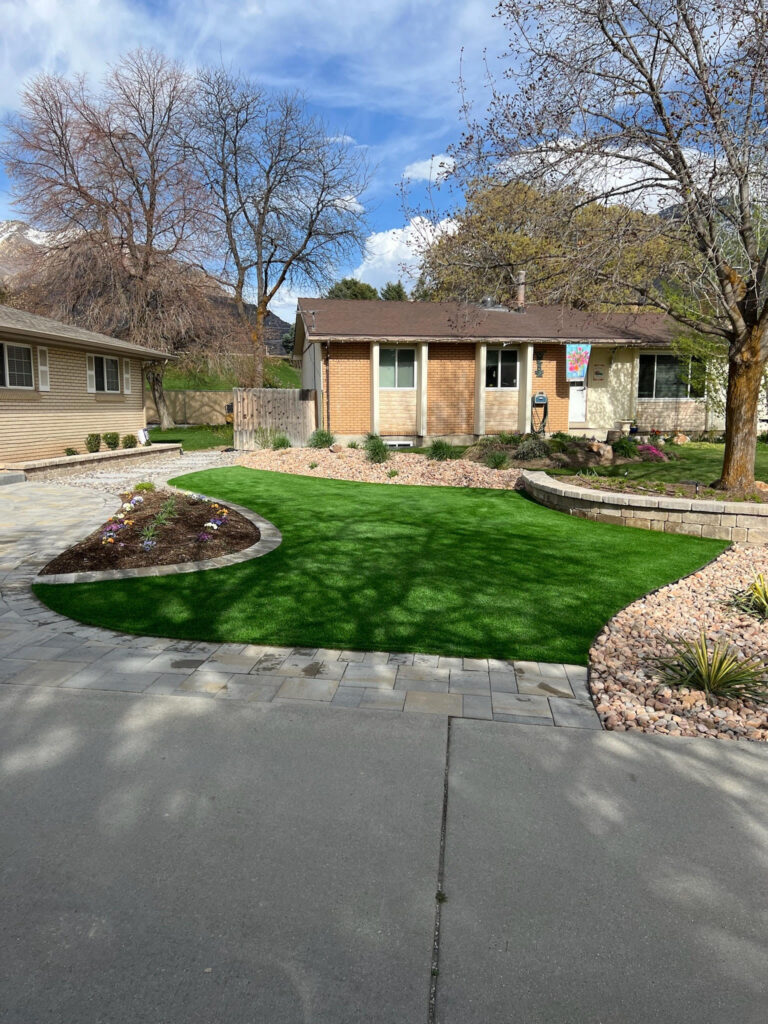
Environmental Impact of Artificial Turf
When comparing grass alternatives, environmental impact is often a concern.
- Artificial Turf: While synthetic grass does not require water, pesticides, or fertilizers, it is made from plastic materials. However, many modern turf options are recyclable, and the lack of chemical treatments makes it a cleaner choice for some applications.
- Natural Grass: Grass naturally filters carbon dioxide and produces oxygen, but maintaining it requires substantial water use and chemical treatments that can harm the environment. Pesticides and fertilizers can run off into waterways, affecting local ecosystems.
Winner: It Depends – If water conservation is a priority, durable artificial turf is the better choice. However, if natural filtration and oxygen production are key concerns, natural grass has an edge.
Why Artificial Turf is the Better Option for High-Traffic Areas
After weighing the pros and cons, artificial turf emerges as the superior choice as a grass alternative for high traffic areas.
Key Benefits of Artificial Turf:
- Durability – Withstands heavy foot traffic without damage.
- Low Maintenance – No watering, mowing, or reseeding required.
- Year-Round Use – Stays green and usable in all weather conditions.
- Cost Savings – Reduces water and maintenance expenses over time.
Whether you’re considering high-traffic turf for a commercial space, playground, or sports field, investing in synthetic grass can benefit your long-term needs. Elite Turf Supply offers high-quality durable artificial turf options at wholesale prices, ensuring you get the best value for your project.
Final Thoughts About High Traffic Lawn Solutions
While natural grass has its benefits, artificial turf is the clear winner for high-traffic artificial grass applications. With unmatched durability, lower maintenance, and long-term cost savings, it’s an excellent investment for anyone looking for a grass alternative that performs year-round.
If you’re considering making the switch, Elite Turf Supply in Lindon, UT, is your trusted wholesale supplier for durable artificial turf in Utah and Idaho. Contact us today for expert advice and unbeatable prices!

